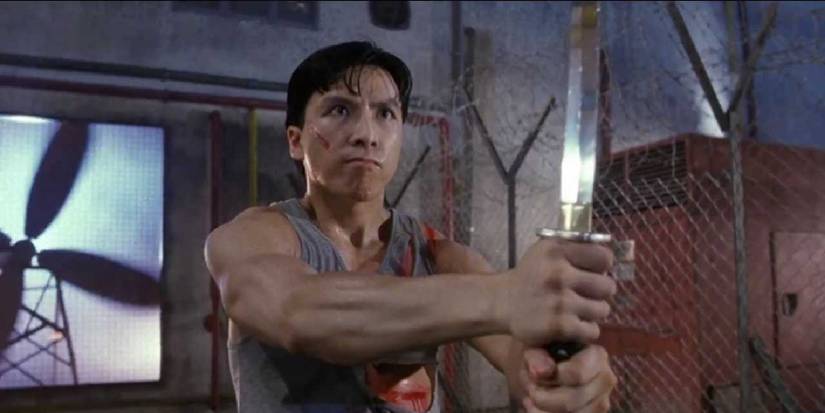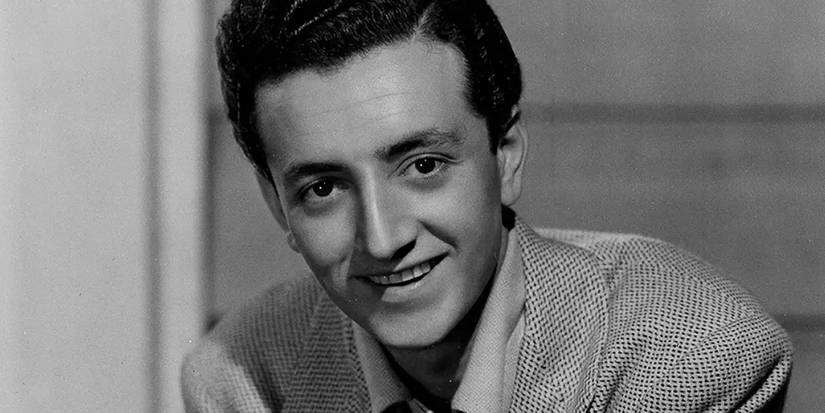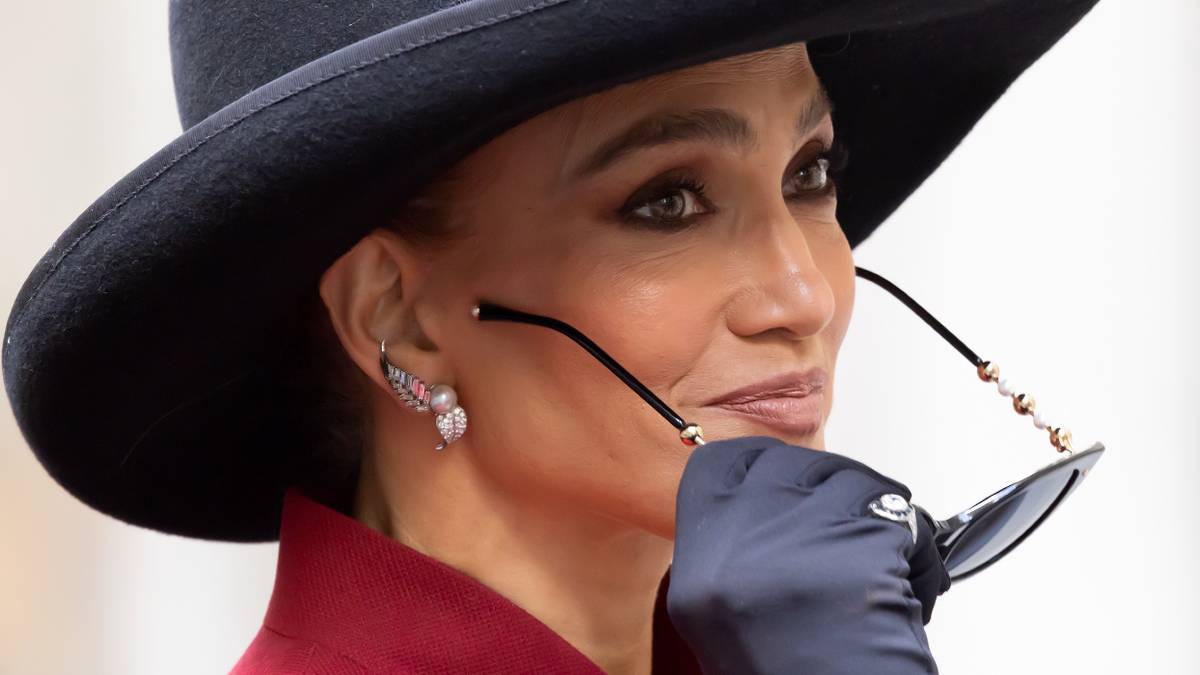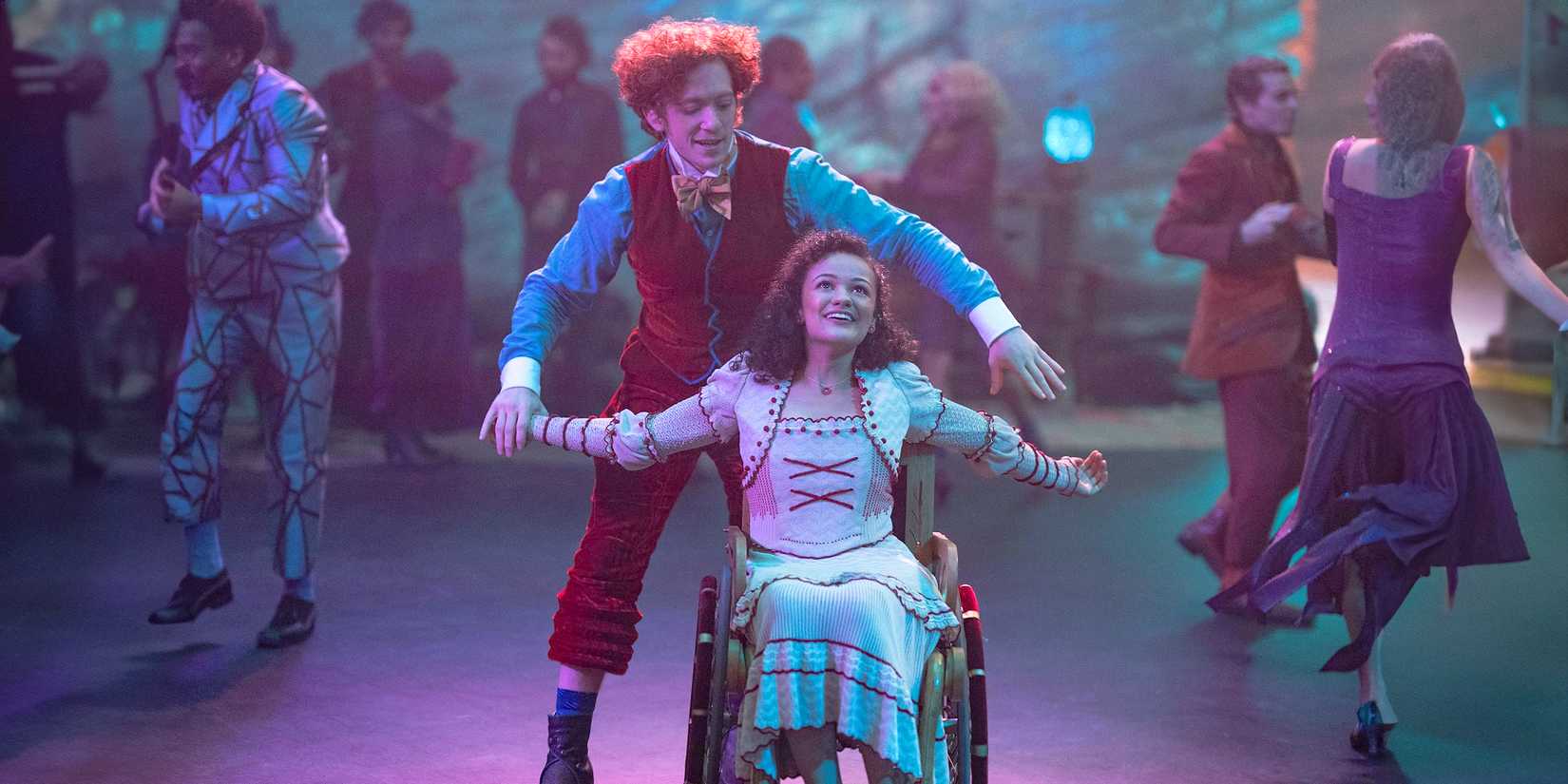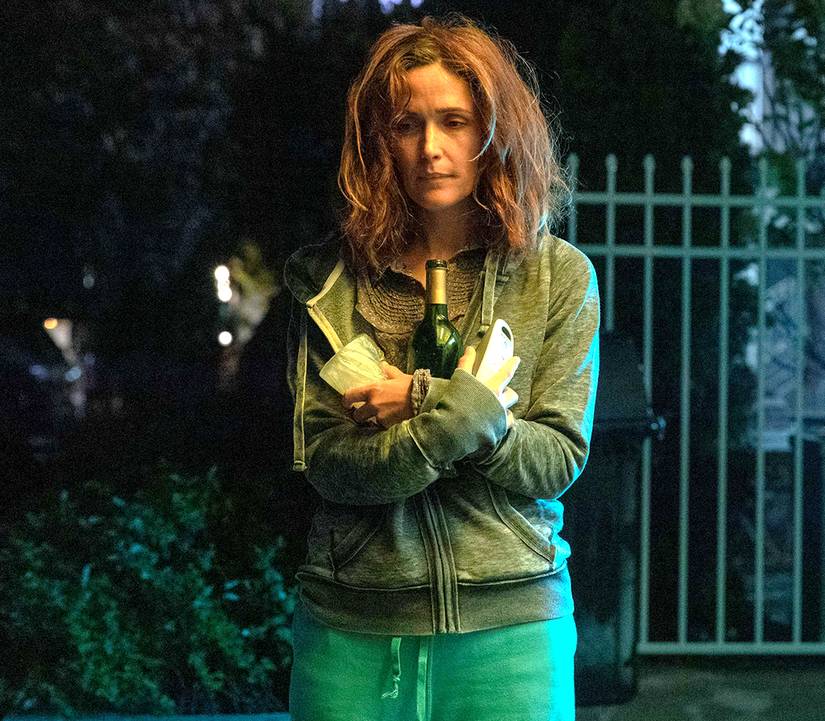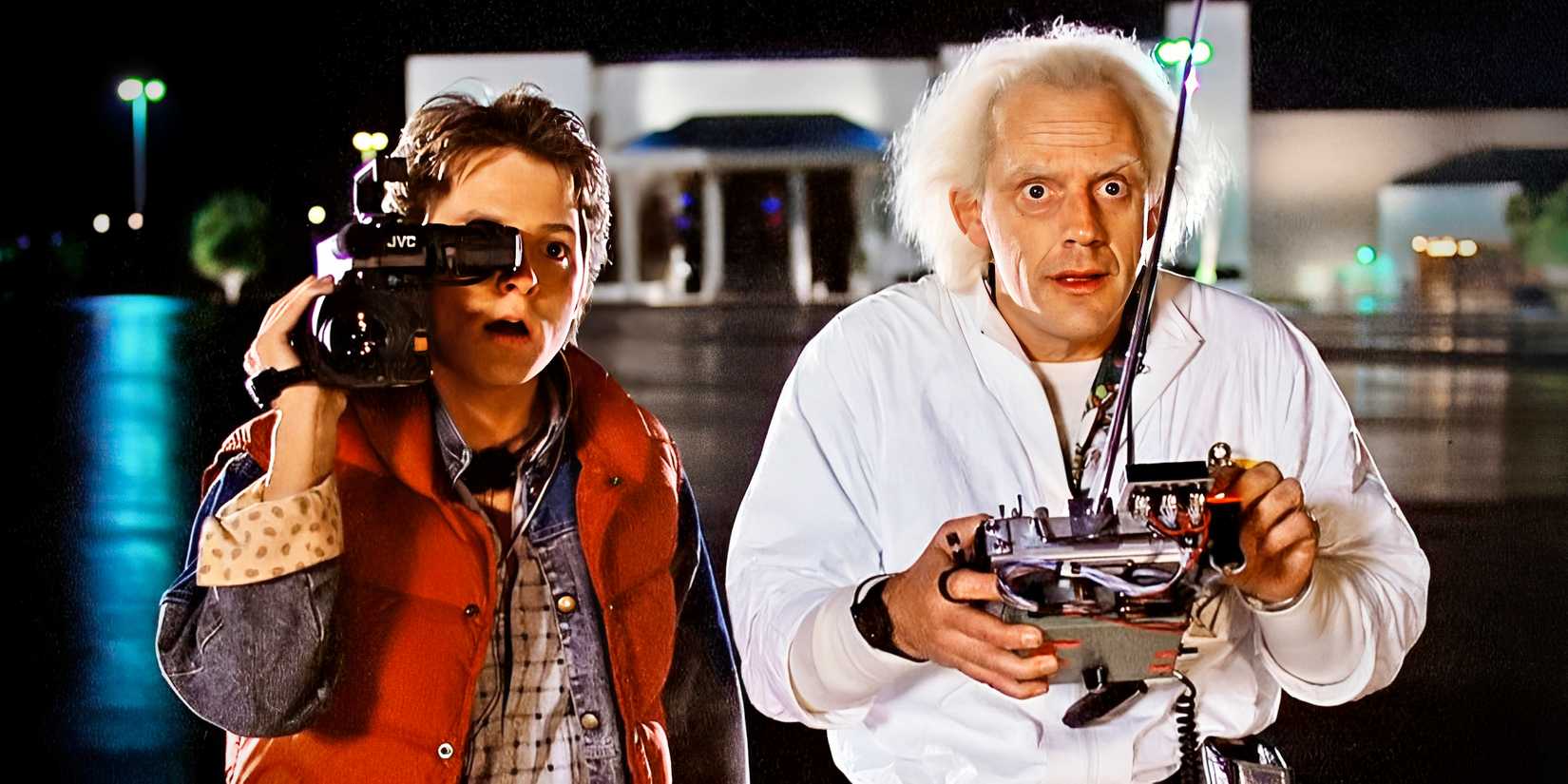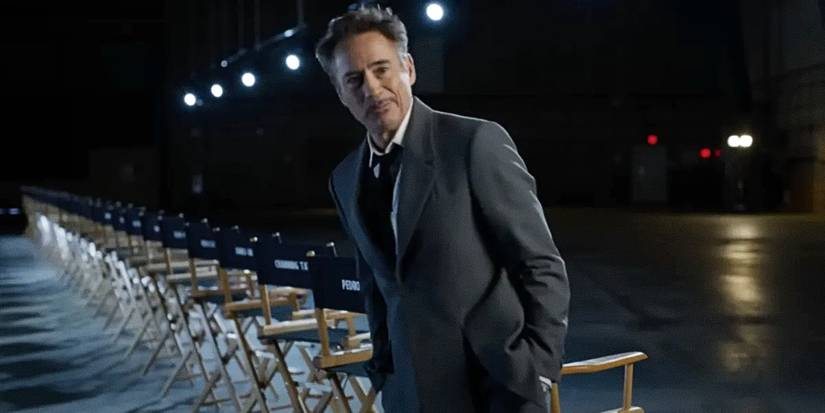Sometimes, just a single fight – basically just a few minutes of screentime – can be all the justification you need to watch an entire martial arts movie. That may not seem like enough at first, but the notion is a testament to just how great these fight scenes really are.
That’s not to say that the rest of the movie has nothing to offer. Some are quality martial arts movies with endings so good that they become the most memorable part of the film. In other cases, the final showdown will make sitting through an average plot well worth the wait.
This is a difficult task to pull off, of course, but it’s been achieved on multiple occasions. Old school kung fu movies, American-made martial arts cult classics, and even old Jackie Chan films feature fight scenes that overshadow everything else.
Tiger Cage 2
Starring Donnie Yen, Tiger Cage 2 is a ’90s Hong Kong martial arts cop movie with a comedy style reminiscent of Jackie Chan’s Police Story. For the most part, it feels like an above-average entry in the subgenre – until it gets to the ending. The climax takes it to the next level, with Donnie Yen’s character engaging in a series of battles that feel very much like “boss fights.”
One of these pits the hero against a sword-wielding minion of the main villain. More than good enough to have worked for a final showdown, the sword battle in Tiger Cage 2 excites from start to finish, with the two charging at each other for an epic collision and going at it for three minutes. The fight features top-of-the-line choreography from Yuen Woo-ping and high energy from both combatants.
Flash Point
In 2007, Donnie Yen starred in Flash Point, a frequently overlooked Hong Kong action film where the actor plays an undercover cop in a fight against the triads. Though not commonly thought of as one of Donnie Yen’s best films, it does have its fair share of highlights, and none stand out more than the fight at the end between Yen’s character and Collin Chou’s Tony.
When it comes to the finale, Flash Point pulls no punches; the two characters unleash onslaughts of brutal attacks against each other. The grueling grudge match between the two remains gritty and grounded throughout. It alone makes Flash Point a film worth sitting through.
My Young Auntie
For the majority of the film, My Young Auntie is a routine martial arts comedy from Shaw Brothers that stars Hsiao Ho and Kara Hui. But as the plot develops, the action leans away from the film’s two younger leads and allows its director and their co-star, Lau Kar-leung, to effectively take over, battling the main antagonist in a heated one-on-one showdown at the end.
It’s here where My Young Auntie becomes a truly great 1980s old-school kung fu movie, in that offers an extraordinary showcase of Lau Kar-leung’s skills both as a martial artist and also as an action choreographer.
Come Drink With Me
Come Drink With Me was way ahead of its time, as the 1966 wuxia film told the story of a seemingly unbeatable female swordfighter who arrives into town searching for her brother. A now-iconic scene sees Cheng Pei-Pei’s mysterious heroine sitting casually at her table in an inn as a curious group of thugs gradually work up the courage to fight her.
The scene’s influence can’t be overstated, considering that a long list of martial arts films – and action movies in general – have clearly taken inspiration from Cheng Pei-Pei’s legendary entrance. The rest of the movie is entertaining as well, but it hits its peak here.
Legendary Weapons Of China
Legendary Weapons of China is in a similar category to My Young Auntie, in that the movie’s original protagonist (played by Hsiao Ho) winds up ceding the spotlight to Lau Kar-leung’s older and more experienced character by the end of the film. And perhaps only Lau Kar-leung could have pulled off what came next, which was an extremely diverse showcase of weapon fighting.
Lau Kar-leung, a martial artist so skilled that many of Shaw Brothers’ actors were taken under his wing, appears opposite his brother – Lau Kar-wing – in a battle that sees the pair make use of nearly every weapon ᴀssociated with Shaolin martial arts. Somehow, it’s easy to believe that the two had actually mastered each weapon they took up in the beautifully choreographed fight scene.
Ip Man 3
The third movie is arguably the weakest entry in the Ip Man franchise, but a must-watch nonetheless, if for no other reason than Ip Man’s fight with Frank. One of the problems with the film is that it feels like it was forced into the story just for the sake of matching up Donnie Yen and Mike Tyson, but that decision is easy to forgive after watching the two vastly different fighters clash.
The contrast between their sizes and respective fighting styles is utilized brilliantly. Given that Ip Man’s opponent is played by an all-time great, former heavyweight boxing champion, there was naturally a risk of Ip Man holding his own coming across as untethered from reality, but Donnie Yen is so convincing in his portrayal of the Wing Chun grandmaster that this scenario never comes to pᴀss.
Way Of The Dragon
Make no mistake, Way of the Dragon is a solid effort from Bruce Lee and quite possibly his second-best movie after Enter the Dragon, but it’s unclear if it would still have that reputation if it wasn’t for the closing minutes of the film, which famously pitted him against Chuck Norris.
Bruce Lee vs. Chuck Norris is among the martial arts fight scenes everyone should see at least once. When making Way of the Dragon, Lee smartly chose Norris as his final opponent, knowing that with two real martial artists squaring off, it’d be easier to make the fight look realistic. The idea paid off wonderfully, with their skills allowing for longer takes, and in turn, a gritty and hard-hitting final bout.
Ong Bak 2
In terms of overall quality, Ong Bak 2 is a step-down from its predecessor, which is one of the best martial arts movies of the 21st century. That said, the sequel – or, more accurately, the prequel – has one of its most thrilling action sequences. Lasting several minutes, a battle plays out where Tony Jaa’s Tien fights the menacingly creepy Crow Ghost.
Starting out on the back of an elephant, the fight sets up all sorts of amazing stuntwork, especially from the lead actor. His athleticism is an ᴀsset to all of Tony Jaa’s martial arts movies, and that’s particularly evident here, a scene where the two main combatants just by themselves make Ong Bak 2 a film worth checking out.
Wheels On Meals
The buddy dynamic and humorous antics of Jackie Chan, Yuen Biao, and Sammo Hung are the driving force of Wheels on Meals, but neither is what the movie is remembered for best. Rather, that would be the fight between Chan and Benny “The Jet” Urquidez. As Chan and Urquidez have their standoff, Wheels on Meals’ idenтιтy as a kung fu comedy is swept to the side.
Wheels on Meals up the ante for their fight by taking full advantage of both Jackie Chan and Urquidez’s respective capabilities as martial artists. The back-and-forth nature of the fight, the lack of cutaways in favor of long takes, and excellent choreography makes Wheels on Meals a crash course in martial arts action.
Bloodsport
Bloodsport is Jean-Claude Van Damme’s best movie, a notion driven largely by what occurs in the film’s ending. In the final round of Bloodsport’s martial arts tournament, Van Damme’s Frank Dux has to defeat Bolo Yeung’s Chong Li. Given how impressive Van Damme was throughout the film, it took a character with the physicality of Chong Li to make Frank Dux feel like an underdog.
There’s a special sense of intensity to the big finale, helped in large part by Paul Hertzog’s epic score, which defies the general expectations of a martial arts showdown thanks to some welcome shifts in the flow. Rather than start out losing, the hero actually outclasses his larger and more powerful opponent, spurning him to cheat. As a result, Frank Dux has to regain the edge, culminating in one of Van Damme’s best movie kicks.
